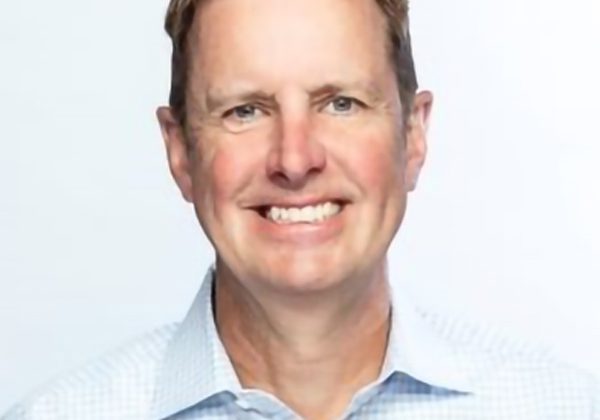Is Your Business Healthy?

A practical guide to organizational health
by Wills Moore
1. What Is Organizational Health?
Organizational health is the ability of a company to align around a common vision, execute effectively and adapt over time. According to McKinsey, it’s how leaders “run the place” – how they make decisions, lead teams and manage operations to deliver results both today and in the future.[1]
At Agilitas, we define organizational health through a model that includes culture, talent and systems, all supported by great leadership:
- Culture: The invisible rules of the workplace – how people behave, collaborate and solve problems
- Talent: The skills, potential and alignment of your workforce with your mission and values
- Systems: The tools, processes and technology that enable execution and decision-making
- Leadership: The ability to set direction, model values and drive meaningful change
Healthy organizations don’t just “feel” better internally – they perform better externally. McKinsey research shows that companies in the top quartile of organizational health outperform their peers in total shareholder returns by a factor of three.[2]
2. Assessing Your Organization’s Health
You can’t improve what you don’t measure. Diagnosing organizational health starts with taking a hard look at how your business functions across the core areas of culture, talent and systems.
Here’s a simplified roadmap to get you started:
- Talent: Use employee surveys to gauge role clarity, engagement and growth potential. Review turnover trends and internal mobility.
- Culture: Conduct culture pulse surveys and focus groups to uncover trust levels, shared values and collaboration across departments.
- Systems: Audit workflows and technology usage. Are your tools enabling or hindering productivity? Are decisions being made quickly and clearly?
- Leadership: Gather 360° feedback, observe decision-making dynamics and assess communication flow throughout the organization.
Even if your business is running well, you might find hidden inefficiencies or cultural issues simmering below the surface – issues that will eventually impact performance if left unaddressed.
3. How To Improve It
Once you’ve assessed your current state, it’s time to act. Think of this like going to the doctor: a diagnosis is only helpful if it’s followed by a treatment plan.
Here are some common issues and high-impact interventions:
- If turnover is high: Create clearer career paths and invest in upskilling programs.
- If systems are clunky: Invest in training or redesign workflows for better alignment and speed.
- If culture feels siloed: Launch cross-functional projects or clarify organizational values with visible leadership support.
- If leadership feels reactive: Coach leaders to make faster, clearer decisions and empower frontline teams to act autonomously.
Change doesn’t have to be massive to matter. Often, small, consistent actions – like monthly executive Q&As or improved onboarding – can shift culture and boost engagement significantly over time.
To keep things on track, monitor progress quarterly. Retention by team, engagement scores, user satisfaction with internal tools and skip-level feedback can all help you gauge whether your interventions are making a difference.
Final Thoughts
Think of organizational health like the frame of a house: invisible from the outside, but absolutely essential for everything else to hold up. You can have brilliant strategies
and smart people, but if the culture is toxic, the systems are broken or the leadership is inconsistent, success won’t last.
The best companies treat organizational health like any other business metric: they assess it regularly, act on what they learn and track progress over time. In doing so, they create workplaces where people want to stay, grow and contribute – and businesses that thrive for the long haul.
References
[1] De Smet, A., Gast, A., & Goldstein, D. (2024, November 15). What does it take to run a healthy organization? Find out with this quiz. McKinsey & Company. mckinsey.com/capabilities/people-and-organizational-performance/our-insights/what-does-it-take-to-run-a-healthy-organization-find-out-with-this-quiz [2] Organizational Health Index. (2024, November 15). McKinsey & Company. mckinsey.com/solutions/orgsolutions/overview/organizational-health-indexWillis Moore is the CEO of Agilitas Human Resources
Consulting (agilitashcc.com) in Fairhope.
Read More
- « Previous
- 1
- …
- 4
- 5
- 6
Subscribe to our weekly newsletter
Sign up here for free to get Bay Business News email newsletter every Friday.
By subscribing, you agree to our User Agreement and Privacy Policy & Cookie Statement.






